
Integumentary Health

Integumentary Health Objectives
-
List safety considerations for laboratory and field research.
- Explain aspects of skin health including the impact of sun protection and the normal process of wound healing.
- Describe various skin disorders including MRSA and burns.
When you think of laboratory work, what do you think of?
Reminder: a photo of paper ephemera is a cue to access past experiences and knowledge.
Common responses we’ve heard include:
equipment: beakers, bunsen burners, scales, microscopes.
furniture: lab benches, stools, hoods, safety showers.
specimens: dissected animals, fossils, tanks.
Unfortunately, the people described are often sterotypically similar, possibly due to only a few well-know scientists like Einstein, Newton, or Darwin.
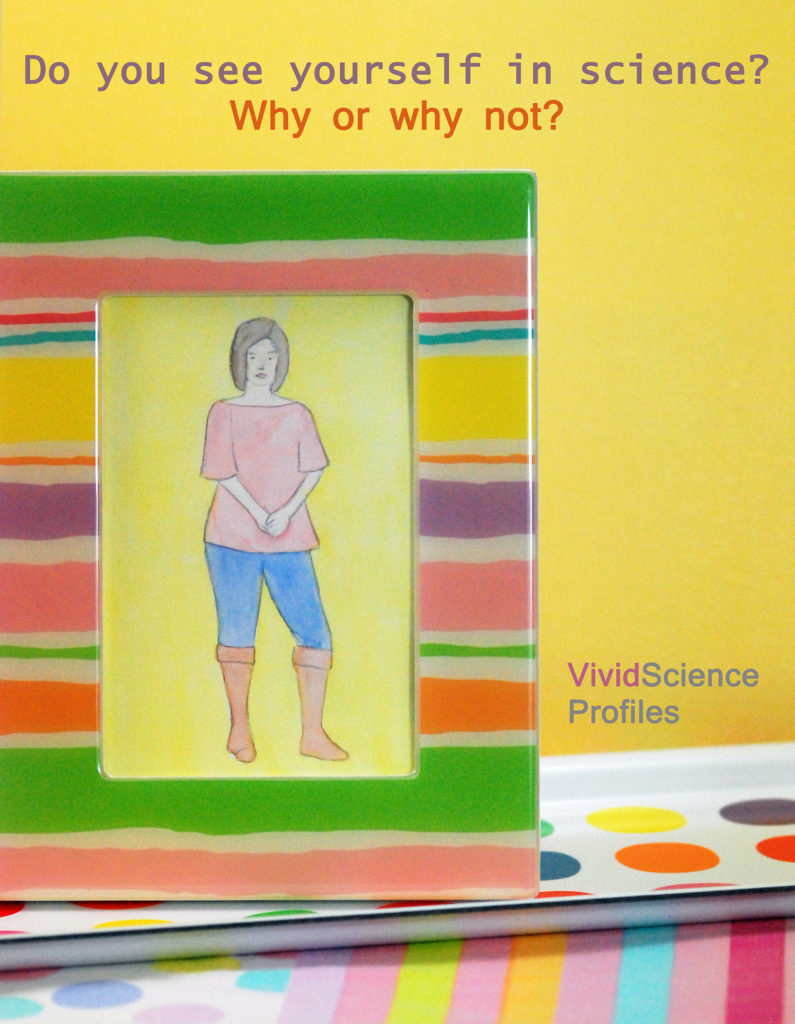
Science is richer with diverse perspectives. There are many ways to participate in science: helping your kids with their science homework, working in a community garden, or voting on science-related issues.
We hope everyone will feel included in the scientific endeavor.
Laboratories are settings where you can control variables (like light, temperature, and noise) and have easy access to needed equipment.
These are home-made perfumes in vials. Safety procedures can be used for a variety of tasks beyond this course.
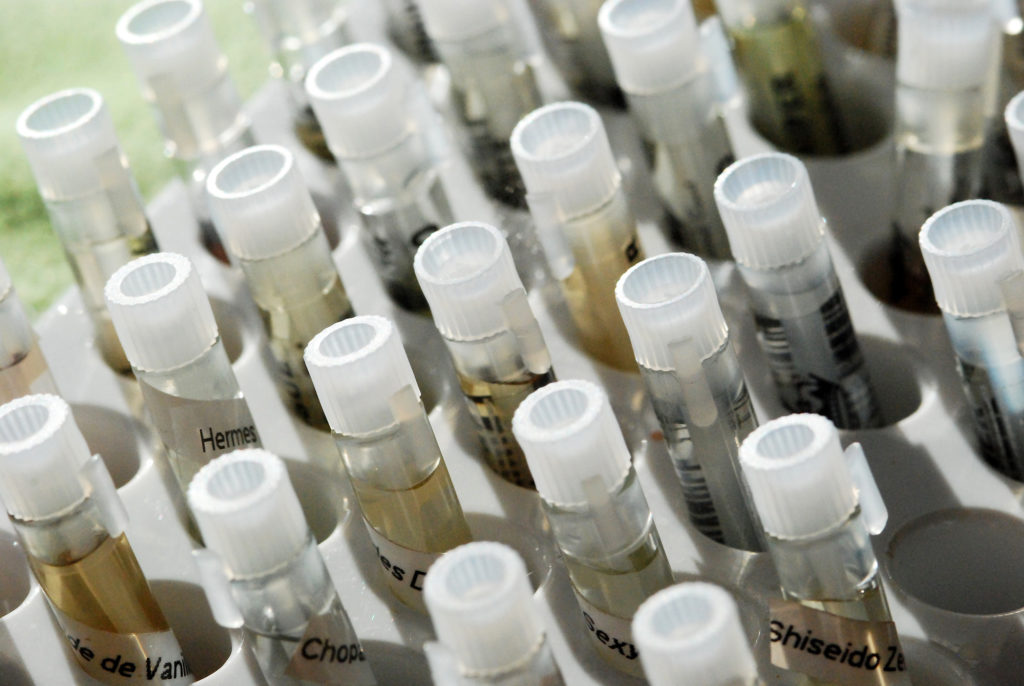
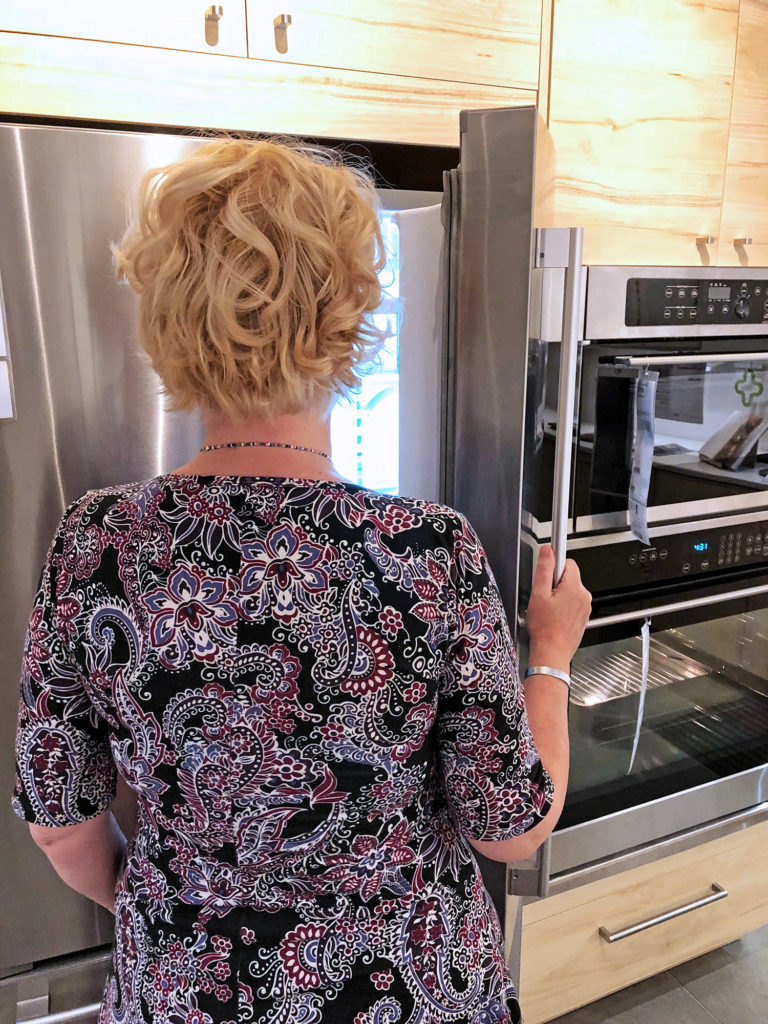
You can use a kitchen, bathroom, or even a corner is a closet. The key is to not leave any potential safety hazards behind. For example, not leaving animal wastes in your fridge.
Before any laboratory or field work,
safety comes first.
We will be looking at safety from different perspectives throughout this course.
Start Your 1B Media Assignment here
For this assignment you will be submitting a personalized safety checklist. This checklist will include safety protocols for the laboratory and field. You can group the procedures under different headings like “indoor/lab safety” or “outdoor/field safety.” You can modify the list provided below.
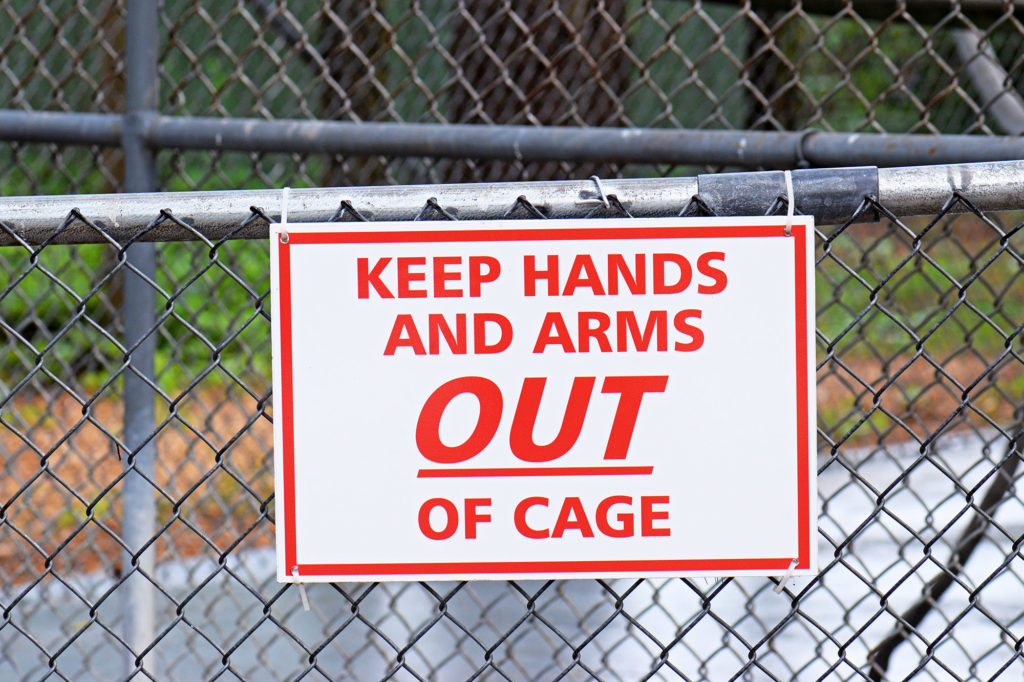
Include in your safety checklist:
-
Safety procedures for both the laboratory (indoors) and field (outdoors).
-
Personalized procedures for your location and equipment available. For example, if you use electrical equipment near water in your bathroom, that probably needs a line in your checklist.
This is Lesley’s checklist. Some of the things are personal based on past experiences.
You can adopt any procedures/ideas that seem appropriate for your use. You are designing a checklist for your own locations, situations, and personal behaviors.
Your safety checklist can have headers, or a different organization. Whatever makes it most effective for use.
- Avoid potentially hazardous situations, even if it means missing a photo or video opportunity.
- Consider the safety of other people and animals at all times, especially our cats.
- Clean up work spaces, don’t leave any potentially dangerous materials behind.
- Communicate any safety concerns to Mark or whoever else may be involved.
- Follow safety directions on signs, in activities, and on product labels.
- Carry a safety kit everywhere, all the time.
- Wasp sting? Immediately take benadryl and prednisone. Epipen if necessary.
- Seek medical assistance if at all unsure about treatment.
- Wear gloves when needed; wash hands frequently.
- Wear a mask, especially while working around potential rodent feces.
- Wear protective footwear and clothing, including sun hats and long sleeves.
- Watch loose hair and clothing around animals, chemicals, and flames.
- Wear safety goggles or other protective eyewear when working with chemicals or walking along trails with low-lying branches.
- Take breaks, avoid over-exertion and use cane even if feeling great.
- Avoid “playing” with animals to reduce chance of unintentional injury (to me and/or the animals).
- It should be obvious, but don’t taste or smell without care to reduce hazard.
- Don’t eat or drink around chemicals, animals, or waste products.
- Add new safety procedures when needed.
You can also add a special section on behaviors to avoid contacting SARS-CoV-2019 to reduce risk of developing COVID-19. In our case, we’ve never spent this much time hand washing before.
Next up, and related to safety, is an examination of skin health.
Acne
Acne is a common skin condition in humans.
Since the skin is exposed to the elements and covers an enormous surface area, there are many disorders that can develop.
Burns
Burns are a significant disorder causing different degrees of damage to skin layers.
The suffix -itis, like in dermatitis, pancreatitis, and appendicitis means ____________.
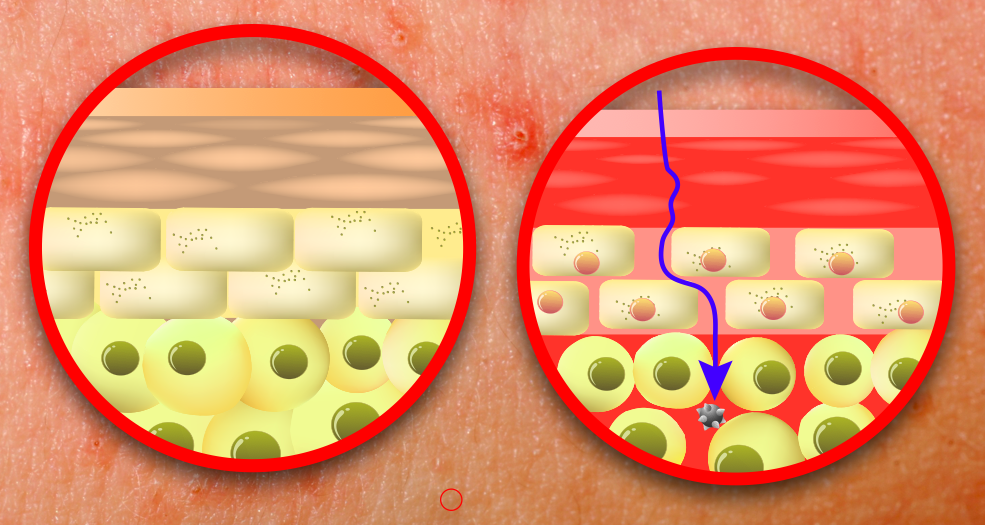
The next section focuses in on the architecture of the skin.

Check your knowledge. Can you:
-
list safety considerations for laboratory and field research?
- explain aspects of skin health including the impact of sun protection and the normal process of wound healing?
- describe various skin disorders including MRSA and burns?






